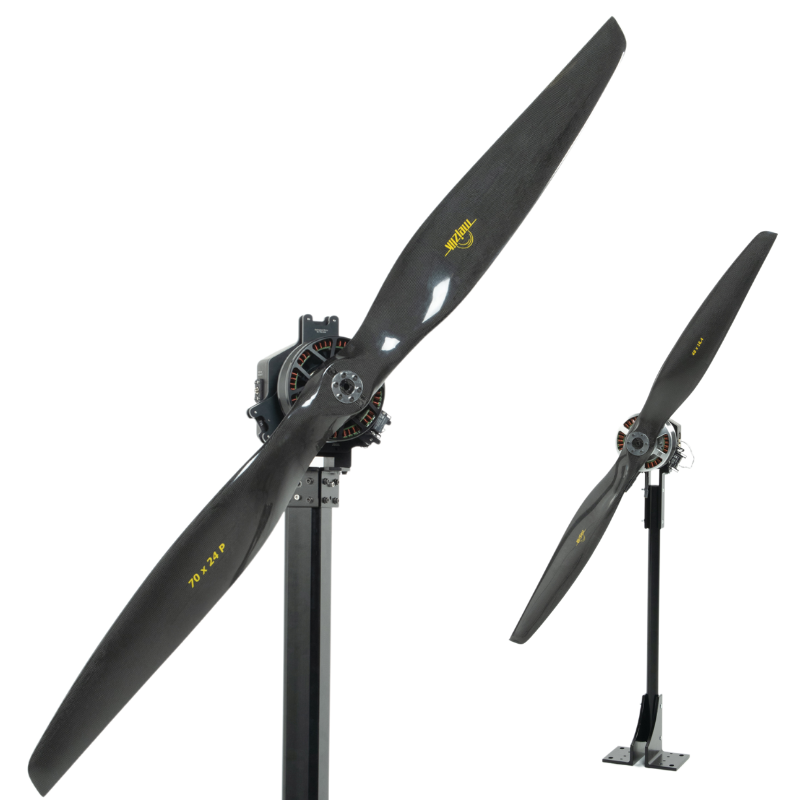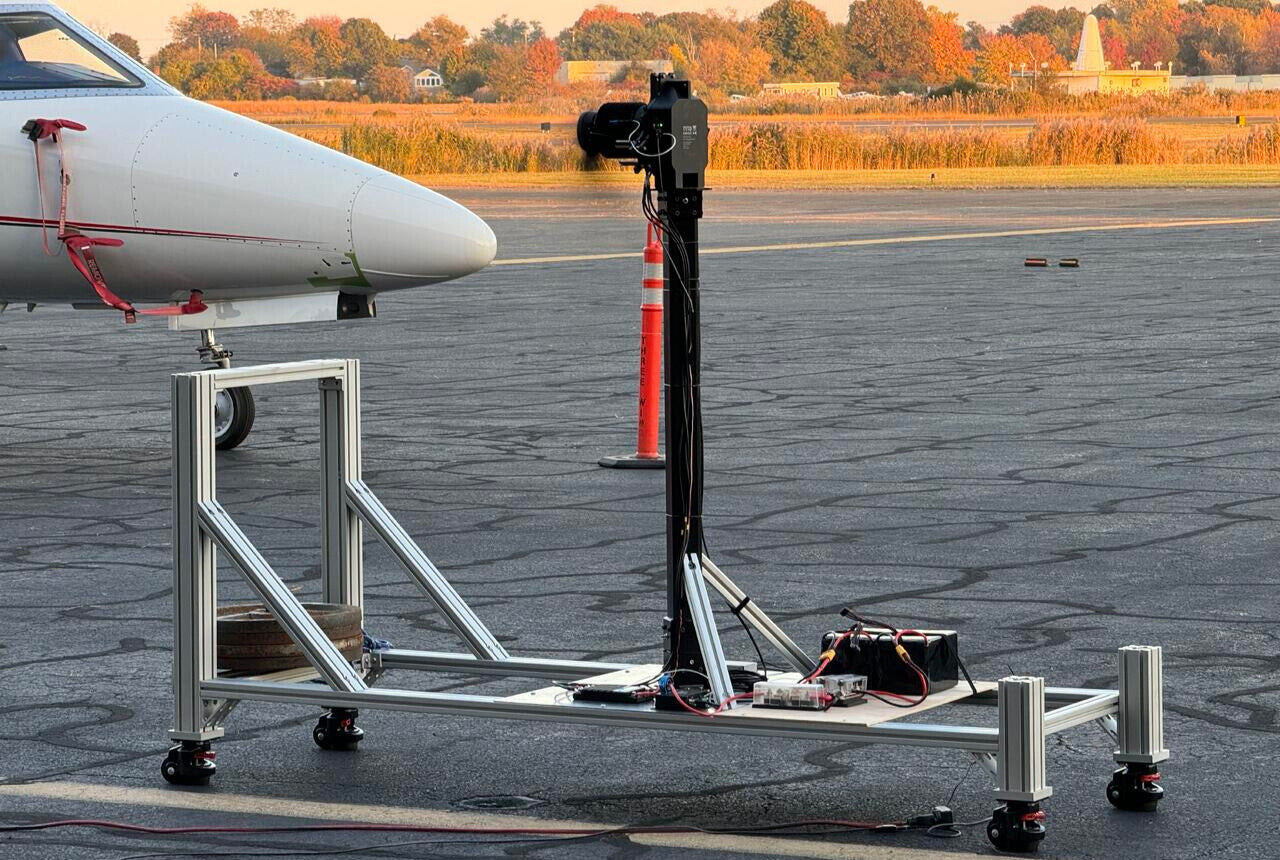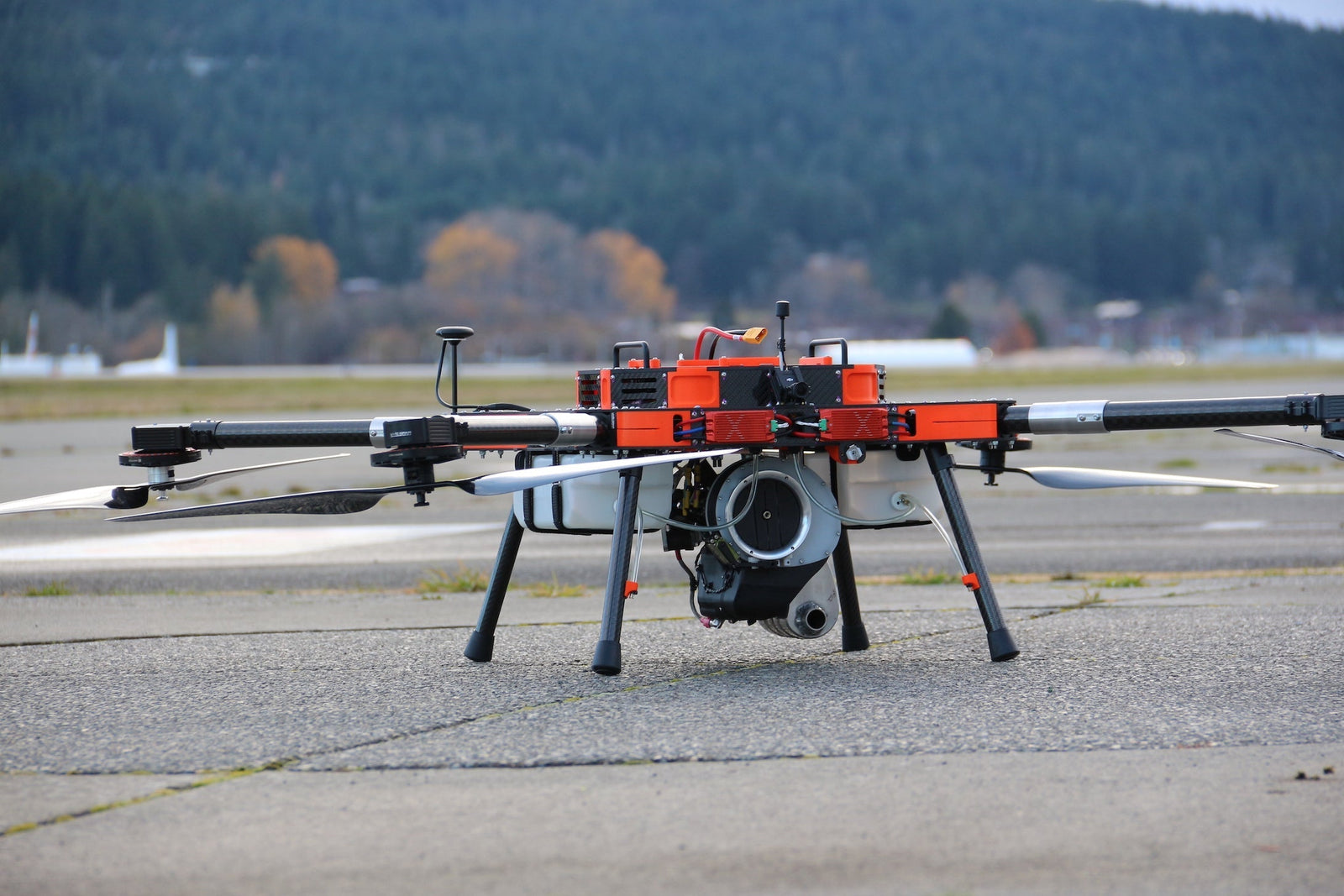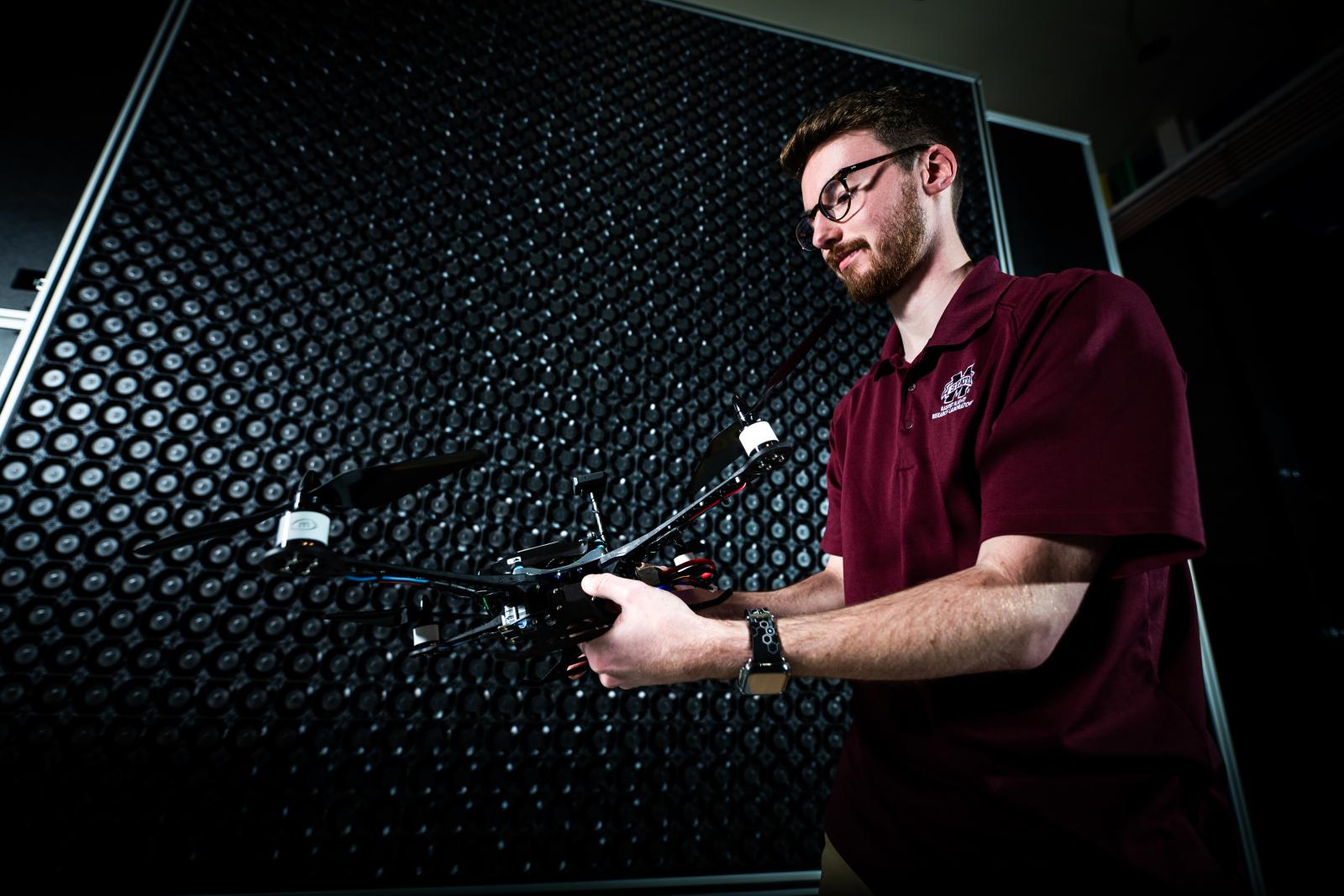Toroidal propellers have been all over the news lately and for good reason - they could remove one of the major barriers to adopting drones in more areas of daily life.
That barrier is noise, specifically noise in "the frequency range to which humans are most sensitive".
These novel propellers were developed in MIT's Lincoln Lab and the original concept was inspired by the ring wings seen on early aircraft prototypes.
The design they came up with "consists of two blades looping together so that the tip of one blade curves back into the other."
In order to test this design, they used the Series 1585 thrust stand:
A big question is whether the performance of these propellers can match those of traditional drone props. In their report, they claim that the toroidal propellers "demonstrated thrust levels comparable to those of conventional propellers at similar power levels."
More tests must be completed to answer these questions, and they've already got the equipment they need to do so:
"Having a reliable ready-to-use-out-of-the-box thrust stand solution, like the Series 1585, was critical to meeting our need to test often and quickly iterate on designs in our development of the toroidal propeller."



 Back to Blog
Back to Blog


Dian Samudera
August 11, 2025
I am interested in toroidal propeller.
Have you test toroidal props on turboprop aircraft ?